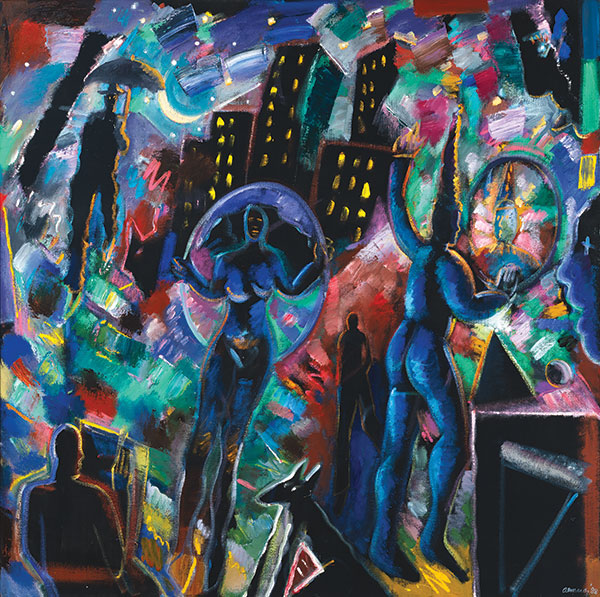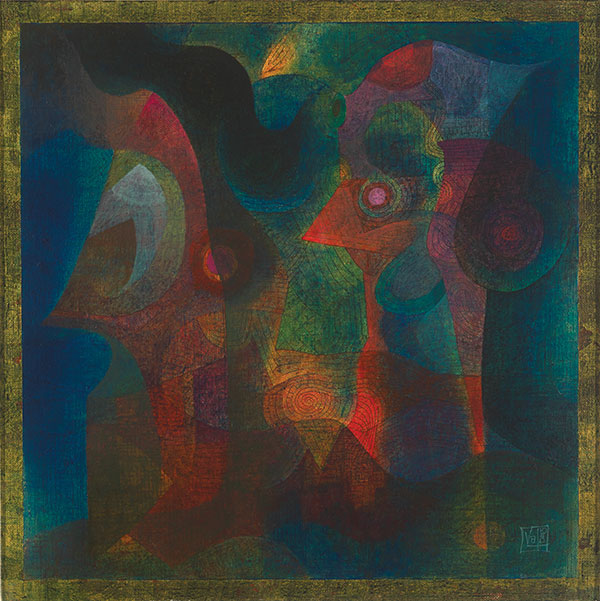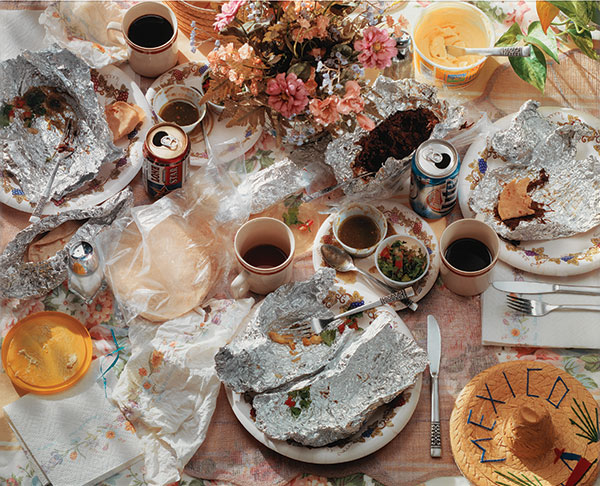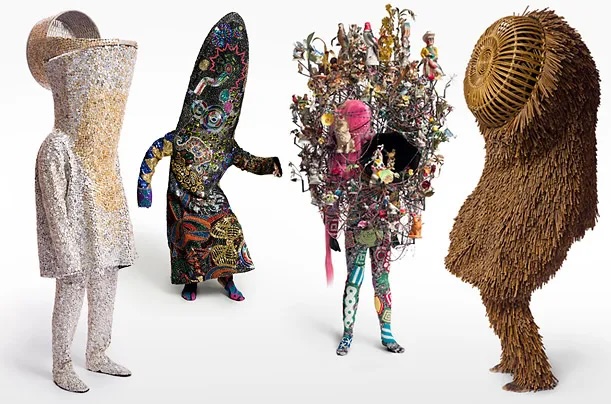Ekphrasis: written representation of visual representation. A precise, vivid literary description of art intended to bring that work of art to life before the audience. Ekphrasis uses words to paint a picture of a work of art. It's a kind of translation.
It's a work of art that describes a work of art.
Etymologically .... Ekphrasis meant: to speak out, and ekphrastic poetry typically involves interpretation of the image toward making a new work of art with its own meaning and intentions.
 |
| Marcel Duchamp, Nude Descending a Staircase, no. 2, 1912 |
Nude Descending a Staircase
BY X J KENNEDY
Toe after toe, a snowing flesh,
a gold of lemon, root and rind,
she sifts in sunlight down the stairs
with nothing on. Nor on her mind.
We spy beneath the banister
a constant thresh of thigh on thigh;
her lips imprint the swinging air
that parts to let her parts go by.
One-woman waterfall, she wears
her slow descent like a long cape
and pausing on the final stair,
collects her motions into shape.

Night Magic (Blue Jester), 1988, by Carlos Almaraz
Blue that I love you
Blue that I hate you
Fat blue in the face
Disgraced blue that I erase
You lone blue
Blue of an alien race
Strong blue eternally graced
Blue that I know you
Blue that I choose you
Crust blue
Chunky blue
Moon blue glows that despise
You — idolize you
Blue and the band disappears
Blue of the single left dog
Blue of the eminent red fog
Blue that I glue you to me
You again and again blue
Blue blue of the helium
Bubble of loveloss
Blue of the whirlwind
The blue being again
Blue of the endless rain
Blue that I paint you
Blue that I knew you
Blue of the blinking lights
Blue of the landing at full tilt
Blue of the wilt
Flower of nightfall
Blue of the shadow
In yellowed windows
Blue of the blown
And broken glass
Blue of the Blue Line
Underlines in blue
Blue of the ascending nude
Blue before the blackness
Of new blue of our winsome
Bedlam Blue of the blue
Bed alone: blue of the one
Who looks on blue of what
Remains of cement fall
Blue of the vague crescent
Ship sailing blue of the rainbow
Of wait blue that I whore
You — blue that I adore you
Blue of the bluest door
Blue my painted city
In blue (it blew.)

Untitled, 1965, by Alberto Valdés
Field of Moving Colors Layered
I’m not easily mesmerized.
But how can you not be drawn in by swirls,
angles and whorls brought together to obey
a field of moving colors layered, muted ...
others bright that make you linger
there?
Just look at those Carpaccio reds.
Right then my mind
leaps to Cezanne:
his dark-blue vest in Self-Portrait (1879–1880);
the Seven Bathers (ca. 1900) wallowing in blue;
his blue beyond in Château Noir (1904).
Consider now the three, or is it four figures
in Alberto Valdés’s Untitled (ca. 1965).
They are wayward energy, moving right
to left (the right one more sensuous than the rest)
about to dive
into the deep-blue waiting — call it the unknown.
I’d like to be there when they meet that blue abyss
head on.
Will they keep their shape, I wonder,
or break up and rearrange themselves
into a brighter, more memorable pose
... into a bigger elemental thing?
I’m really asking this:
When they run into the landscape of blue,
will these figures lose their logic of luster?
Will they lose their lucid argument of color,
their accumulated wealth of geometry?
Will they still engage the entire me,
hold me,
keep me mesmerized?

Breakfast Tacos, from the series Seven Days, 2003, by Chuck Ramirez
Let me be your last meal.
Let me harvest the notes
I took from your mother’s
watery hands, street vendors
in Rome, Ms. Rosie
from our taquería, you:
in the sun, in the open air,
let me give you zucchini
and their elusive blossoms —
my arms, my hands.
Pumpkiny empanadas
of my feet, pulpy as a newborn’s.
Guisada’d loin of my calf
muscle. On a plate white
and crisp as the ocean,
lemoned eyeballs like two
scallops. The red, ripe
plum of my mouth.
Perhaps with coffee,
you’d have the little lobe
of my ear sugared as a wedding
cookie. The skin of my belly,
my best chicharrón, scrambled
with the egg of my brain
for your breakfast tacos.
My lengua like lengua.
Mi pescuezo, el mejor hueso.
Let me be your last meal:
mouthfuls of my never-to-be-digested
face, my immovable femur
caught in your throat
like a fish bone. Let my body be
what could never leave your body.
 |
| Edward Hopper, Hotel Room, 1931. Oil on canvas. 152.4 x 165.7 cm Museo Nacional Thyssen-Bornemisza, Madrid |
Edward Hopper Study: Hotel Room
While the man is away
telling his wife
about the red-corseted woman,
the woman waits
on the queen-sized bed.
You'd expect her quiet
in the fist of a copper
statue. Half her face,
a shade of golden meringue,
the other half, the dark
of cattails. Her mouth even—
too straight, as if she doubted
her made decision, the way
women do. In her hands,
a yellow letter creased,
like her hunched back.
Her dress limp on a green chair.
In front, a man's satchel
and briefcase. On a dresser,
a hat with a ceylon
feather. That is all
the artist left us with,
knowing we would turn
the woman's stone into ours,
a thirst for the self
in everything—even
in the sweet chinks
of mandarin.

No comments:
Post a Comment